Training and Conditioning for Physical Theatre Performers
Introduction:
In introduction, we will go behind the curtains of physical theatre, where the true magic unfolds not on the stage, but in the rigorous training and conditioning that shape the performers into mesmerizing artists. In this blog, we’ll delve into the intricate world of physical theatre, exploring the dedicated efforts that go into honing the skills and bodies of these extraordinary performers.
The Art of Physical Theatre:
Physical theatre is a unique art form that seamlessly integrates movement, expression, and storytelling. Unlike traditional theatre, where dialogue plays a central role, physical theatre relies heavily on the performers’ bodies to convey emotions, narratives, and concepts. This distinctive approach demands an unparalleled level of physical prowess, flexibility, and expressiveness from the artists.
The Rigorous Training Regimen:
Behind every graceful movement and breathtaking performance lies a comprehensive training regimen that pushes physical theatre performers to their limits. From dance and acrobatics to strength training and improvisation, each element contributes to the holistic development of the artist.
Dance and Movement Classes:
Physical theatre performers often undergo intensive dance training to enhance their body awareness, coordination, and fluidity of movement. Ballet, contemporary dance, and various movement techniques become essential components in their repertoire.
Acrobatics and Physical Conditioning:
To execute daring stunts and sequences seamlessly, performers engage in rigorous acrobatic training. This includes strength-building exercises, flexibility drills, and specialized techniques to ensure they can perform physically demanding acts safely.
Voice and Breath Control:
While physical expression takes center stage, the importance of voice and breath control cannot be overstated. Performers participate in vocal training exercises to project their voices effectively and maintain breath control during dynamic movements.
Acting and Improvisation Workshops:
Physical theatre is not just about movement but also conveying emotions and narratives without relying on traditional dialogue. Acting workshops and improvisation sessions thus play a crucial role in developing the performers’ ability to communicate through their bodies.
Collaborative Rehearsals:
Physical theatre often involves close collaboration among performers. However, rehearsals focus on building trust, synchronicity, and a deep understanding of each other’s movements, fostering a sense of unity that translates into seamless, captivating performances.
https://kolahal.org/2024/01/30/behind-the-scenes-designing-stage-ambience-for-theatre/
The Journey to the Stage:
As performers progress through their training, they accordingly embark on a transformative journey that molds them into true artists. Therefore, the behind-the-scenes process involves countless hours of dedication, discipline, and a passion for pushing boundaries.
Conclusion:
In conclusion, Physical theatre is an awe-inspiring art form that captivates audiences with its unique blend of movement, emotion, and storytelling. Thus, the performers’ journey from training and conditioning to the grand stage is a testament to their unwavering dedication and the profound impact of behind-the-scenes efforts. However, let’s not forget the incredible artistry that unfolds in the hidden realms of training and conditioning, shaping physical theatre performers into the extraordinary artists they become.
https://www.udemy.com/course/physical-theatre-training-and-techniques/
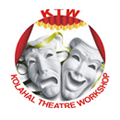
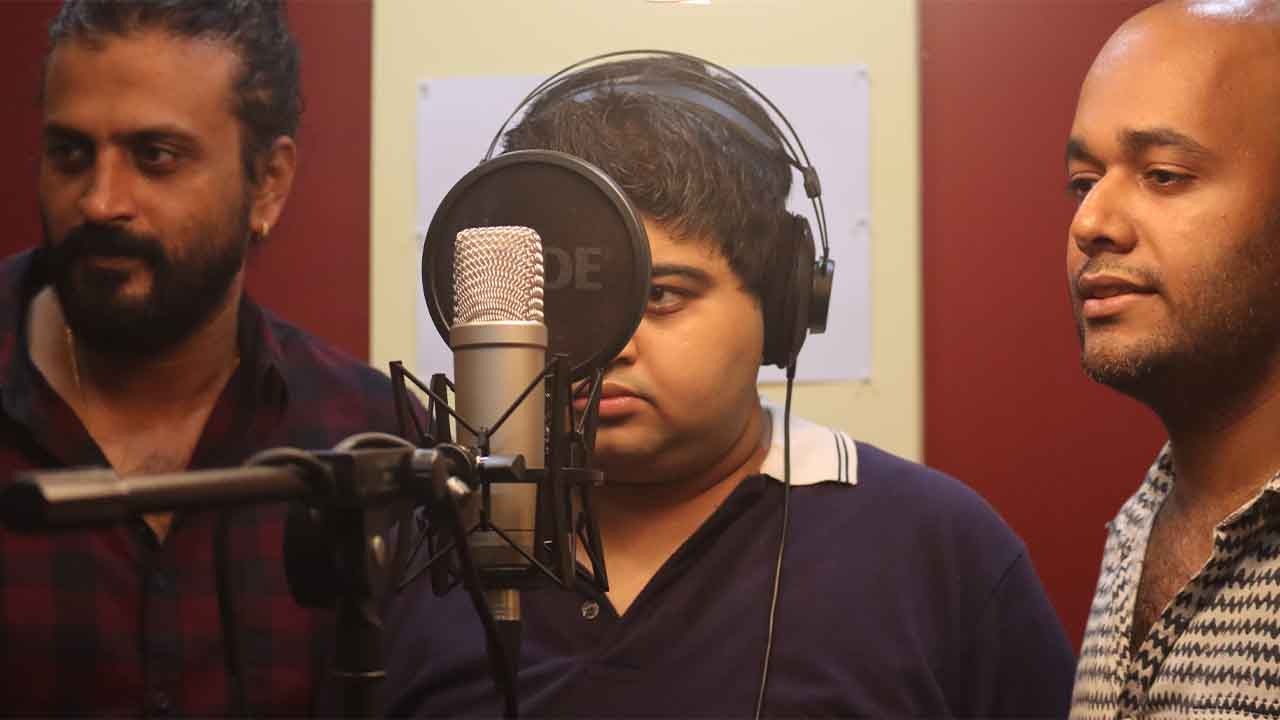
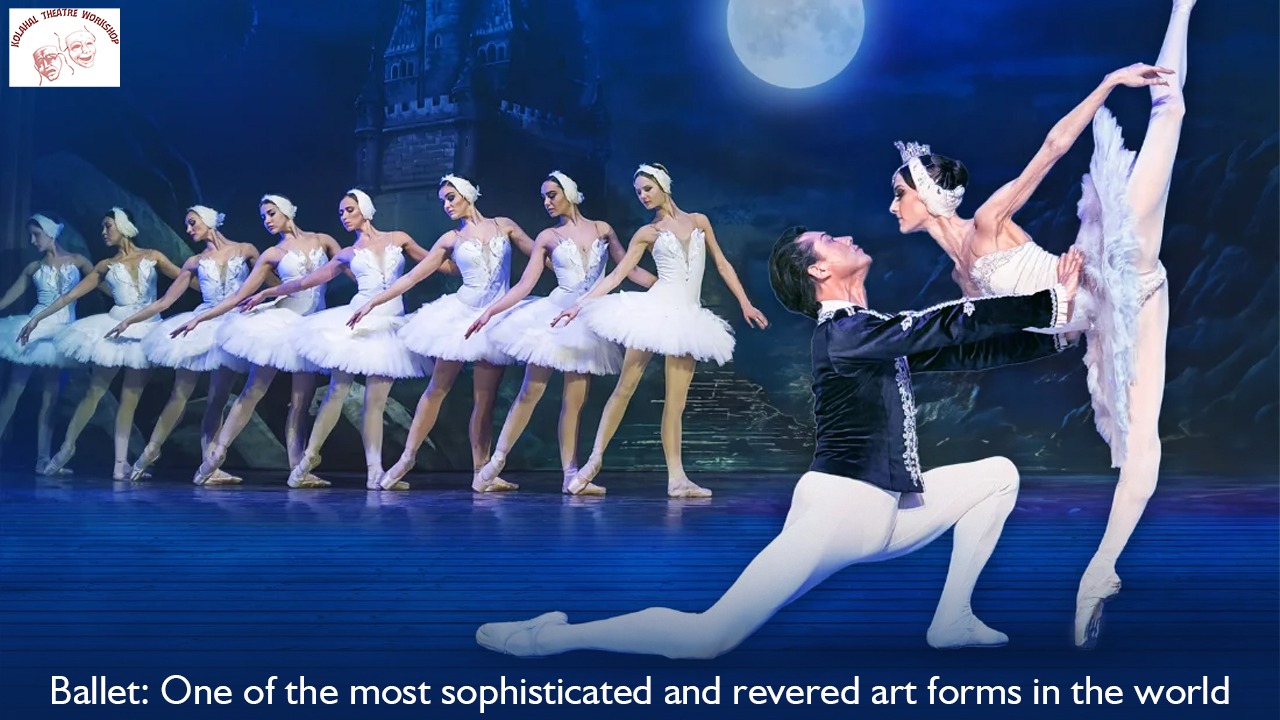
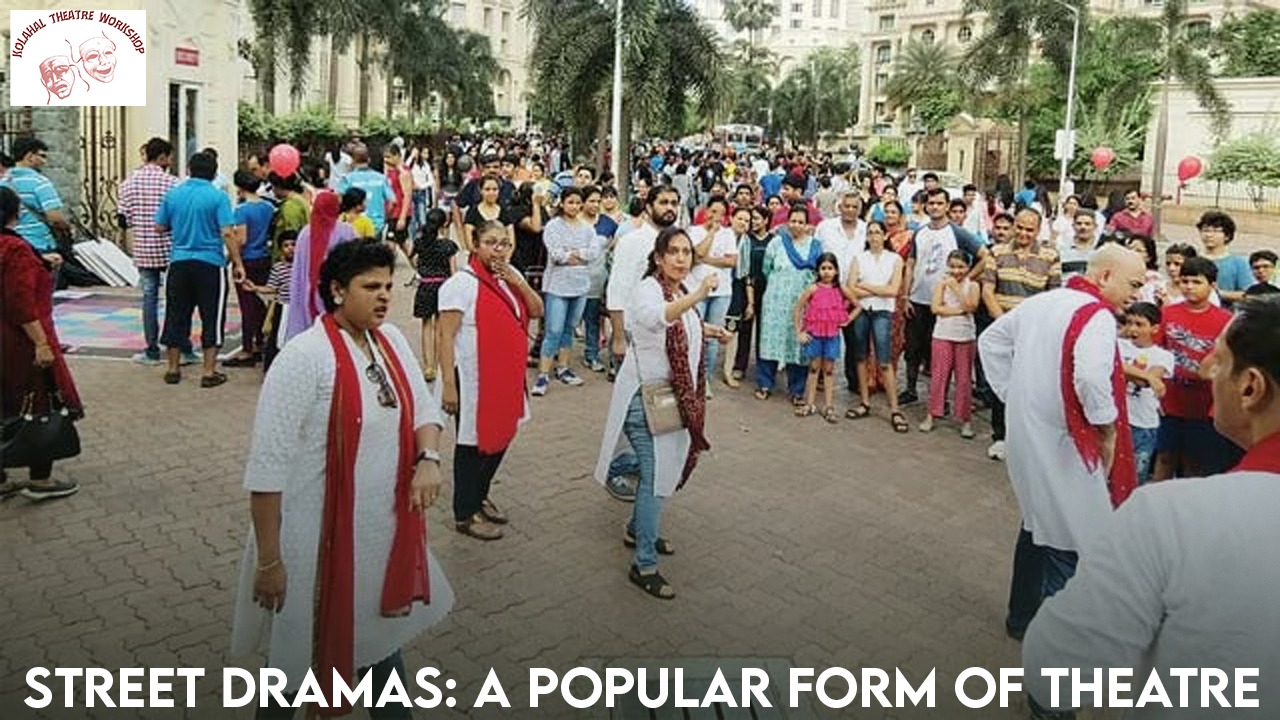
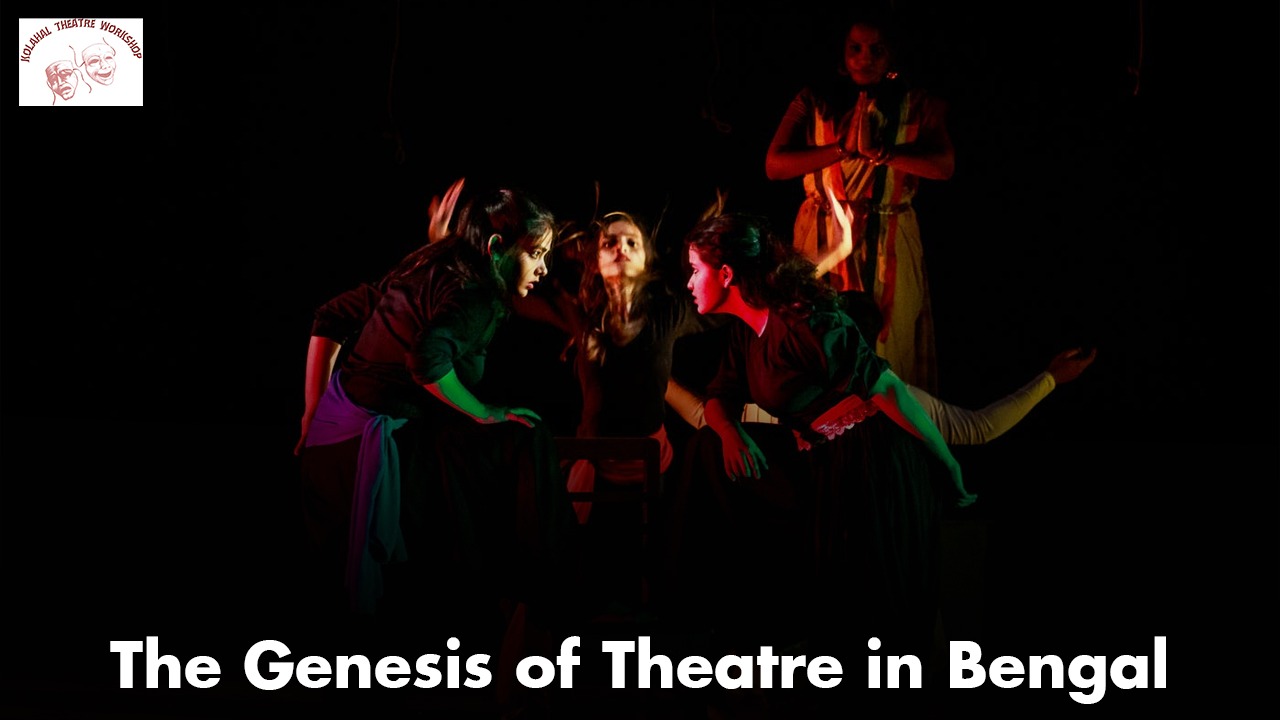
Very neat article post.Really looking forward to read more. Awesome.
Thanks for feedback